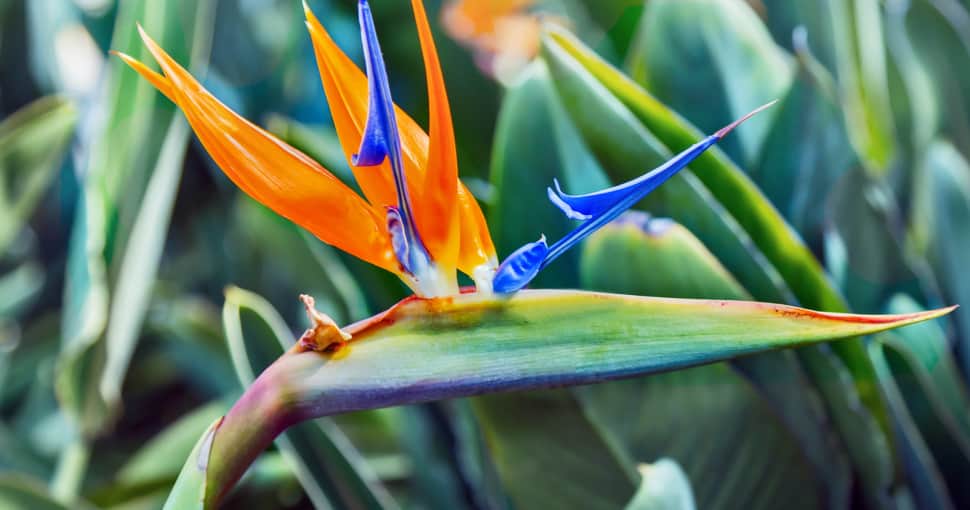California is the largest agricultural state in all of America and has almost 23 million acres of land reserved for pasture and grazing. Almost a third of the entire land is covered by forests, making California one of the top 3 greenest states in America. Some of that green is poisonous, however…
Contents
- 1. Rosary Pea (Abrus Precatorius)
- 2. Oleander (Nerium Oleander)
- 3. Chokecherry (Prunus Virginiana)
- 4. Cockleburs (Xanthium)
- 5. Curly Dock (Rumex Crispus)
- 6. Death Camas (Toxicoscordion Venenosum)
- 7. Dogbane/Indian Hemp (Apocynum Cannabinum)
- 8. Fiddleneck (Amsinckia)
- 9. Foxtail (Hordeum Jubatum)
- 10. Horsetail (Equisetum Spp.)
- 11. Klamath Weed/St. John’s Wort (Hypericum Perforatum)
- 12. Larkspur (Delphinium)
- 13. Lupine (Lupinus)
- 14. Nightshade (Solanaceae)
- 15. Poison Hemlock (Conium Maculatum)
- 16. Ragwort/Stinking Willie (Jacobaea vulgaris)
- 17. Toyon (Heteromeles Arbutifolia)
- 18. Yellow Starthistle (Centaurea Solstitialis)
- 19. African Lily/Lily of the Nile (Agapanthus Africanus)
- 20. Barberries (Berberis)
- 21. Basket Flower (Centaurea Americana)
- 22. Bird of Paradise (Strelitzia)
- 23. Common Yarrow (Achillea Millefolium)
- 24. Burning Bush (Euonymus Alatus)
With such a vast coverage of plant cover, it is only obvious that there is a wide variety of plants in the state. Some plant species originated in California, and some were introduced from other parts of the world. Not all trees and plants are as harmless as they look. Some may harbor poison which can be very dangerous for humans and animals alike. Since livestock and cattle graze on pastures and grasslands, it is important to know which plants and flowers to watch out for.
Did you know that some plants in your backyard may be poisonous? Have you ever caught your pet nibbling flowers and plants in your backyard? Incorrect use of plants that contain toxins can be very dangerous and even lethal in humans and animals.
Here is a list of 24 known poisonous plants and how you can spot them and protect small children and pets in your house from accidentally ingesting these.
1. Rosary Pea (Abrus Precatorius)
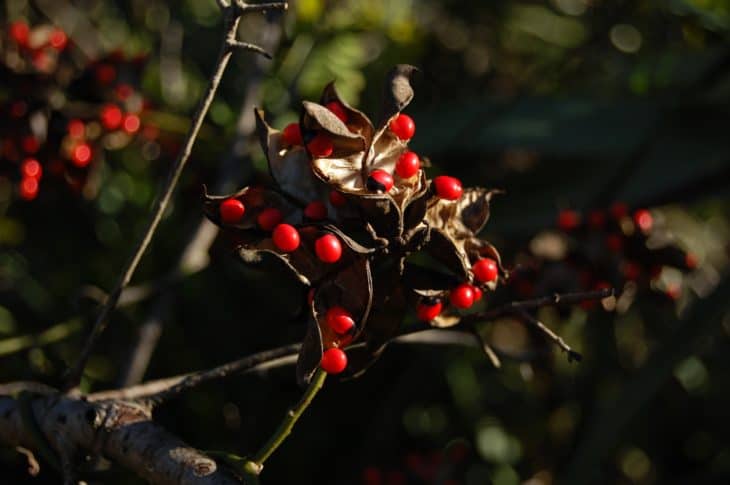
Rosary pea plants have distinctive red-colored seeds with a black spot. They are often used in jewelry and toys. Also known as jequirity beans, these plants are herbaceous flowering plants native to Australia, Africa, Asia, and the Pacific region but are now found in the US. The entire plant is toxic, but the beans are especially poisonous, causing death in humans.
If ingested, symptoms begin within a few hours to 3-5 days. The person may experience extreme fatigue, headaches, rapid heart rate, nausea, vomiting, abdominal pain, hallucinations, fever, and eventually death.
2. Oleander (Nerium Oleander)
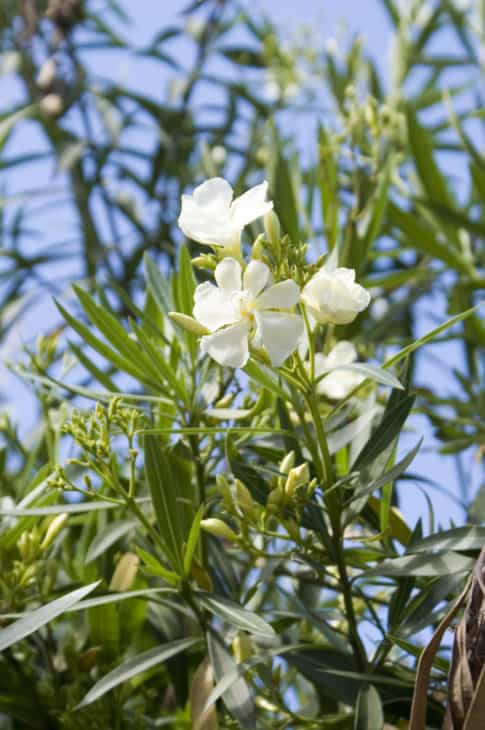
Oleander plants will offer beautiful flowers but are extremely toxic and unsafe. The entire plant, including its flowers, is extremely poisonous, even if ingested in a tiny amount. Many animals such as dogs, cows, birds, horses, and cats have succumbed to oleander poisoning.
The twigs, stem leaves, and flowers are all poisonous, and even skin contact with the plant can cause irritation. Symptoms of poisoning include abdominal pain, blurry vision, nausea, vomiting, drop in blood pressure, drowsiness, and even death.
3. Chokecherry (Prunus Virginiana)
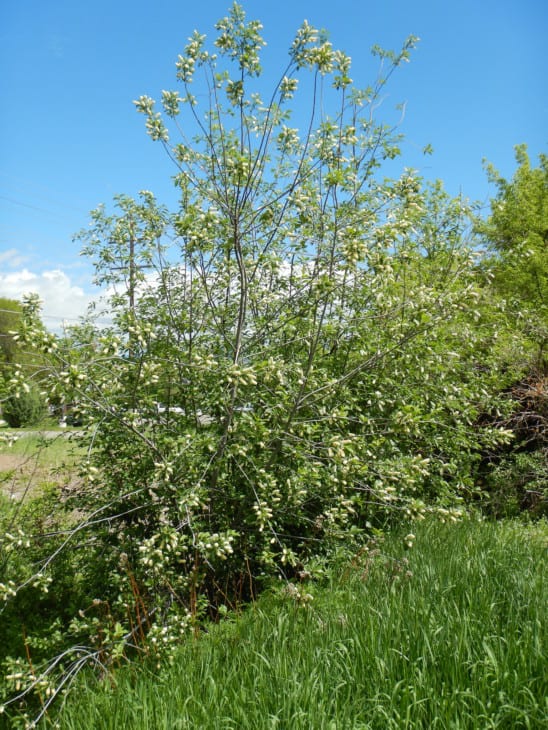
Chokecherry belongs to the rose family and grows to be a tall shrub or a small, often bent tree. It has oval-shaped leaves with teeth and small reddish seeds or cherries. The plant has an unpleasant, astringent smell and contains the toxin cyanide. Chokecherry, although safe for human consumption, is lethal for horses. Horses can die within minutes after consuming chokecherry and should not be planted where horse pastures are.
4. Cockleburs (Xanthium)
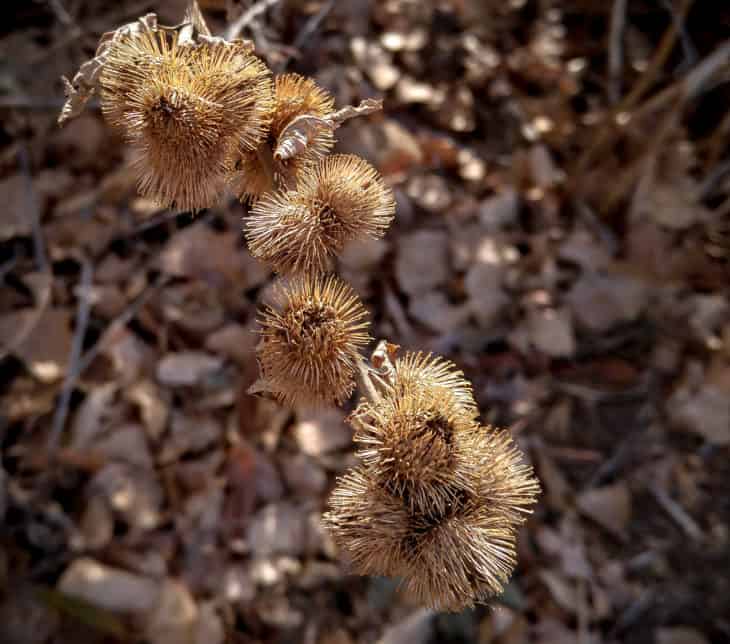
Cocklebur comes from the sunflower tribe and is a herbaceous annual plant. The plant is also used to make yellow dyes. It is native to North America and an invasive plant that invades pastures and agricultural fields. It is poisonous for cattle and livestock and causes symptoms within hours of consumption. These include weakness, nausea, vomiting, unsteadiness, neck stiffness, difficulty breathing, and death.
5. Curly Dock (Rumex Crispus)
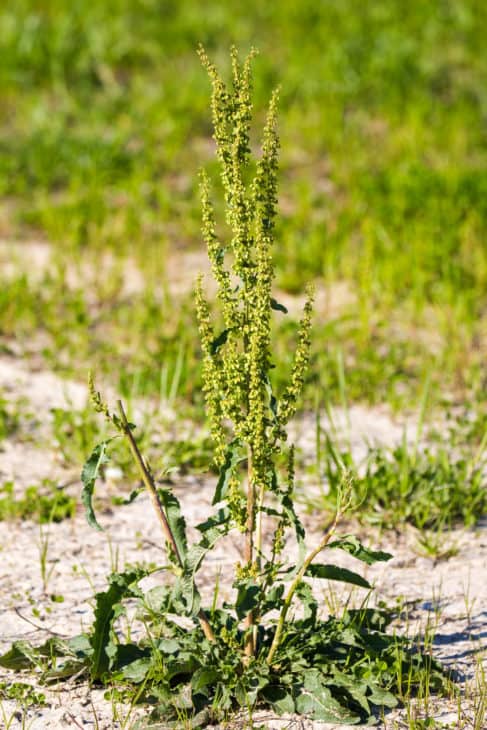
As the name suggests, the curly dock has leaves that appear curled or waved at the edges. The curly dock also invades many agricultural lands and pastures. Due to its nonspecific features, it is easily confused with other plants and overlooked. This is a widely distributed plant present all over America. Its leaves, stems, and seeds are all toxic for livestock such as horses, sheep, and cows but are rarely fatal.
6. Death Camas (Toxicoscordion Venenosum)
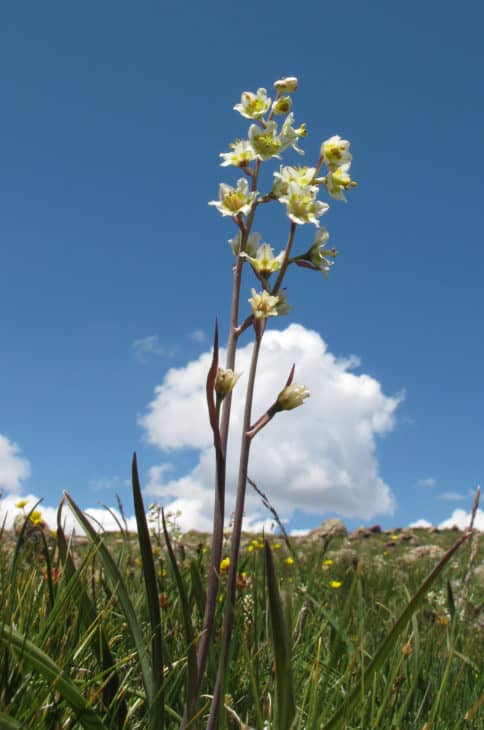
This is a flowering plant with narrow grass-like leaves. Yellow and white flowers grow in the summer months, and they have fruits or bulbs, which are sometimes confused with onion bulbs. All parts of the plant are poisonous for humans and animals, and care must be taken when a plant is looking suspicious. Symptoms include muscular weakness, tremors, nausea, vomiting, and death.
7. Dogbane/Indian Hemp (Apocynum Cannabinum)
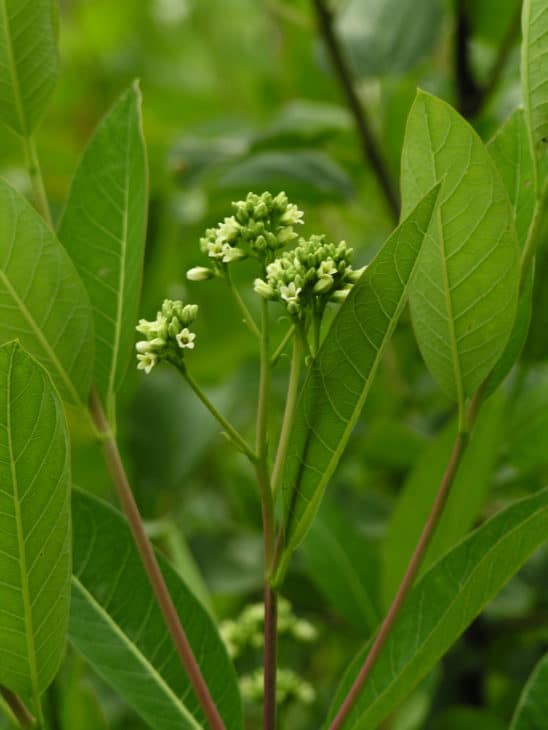
As the name implies, they are known to ‘kill’ or repel dogs. The plant grows up to 1-2 meters tall and has tall reddish stems containing milky white sap and smooth-edged leaves with yellowish-white flowers. Both its dried and green plant is toxic for animals, and often, sheep are affected by this plant. It contains a cardiac stimulant, and if consumed in large amounts, it can cause rapid heart rate, dilated pupils, weakness, blue discoloration, coma, and death
8. Fiddleneck (Amsinckia)
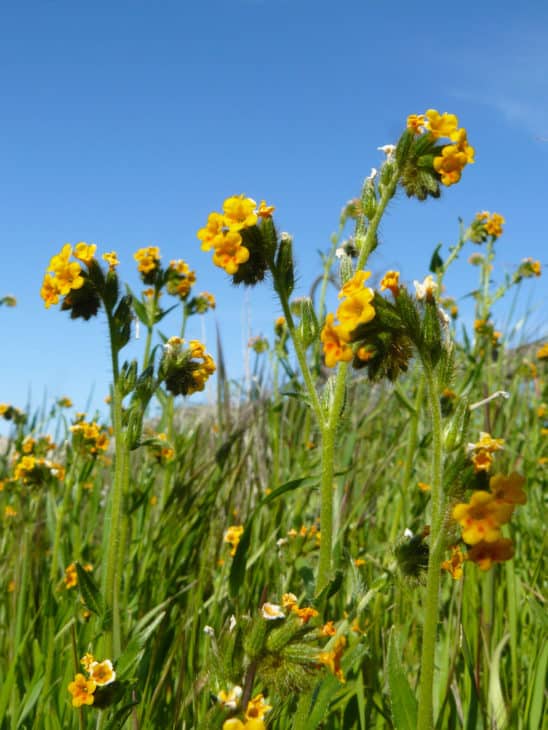
Fiddleneck plants are given the name because the flowers on the stems curl up, resembling a fiddle. They originate primarily in regions of North and South America. The stems and leaves of fiddlenecks are poisonous to cattle as they contain alkaloids and a high concentration of nitrates and have especially affected horses over the years. The high concentration of nitrates causes irreversible liver damage and occurs over weeks to months.
9. Foxtail (Hordeum Jubatum)
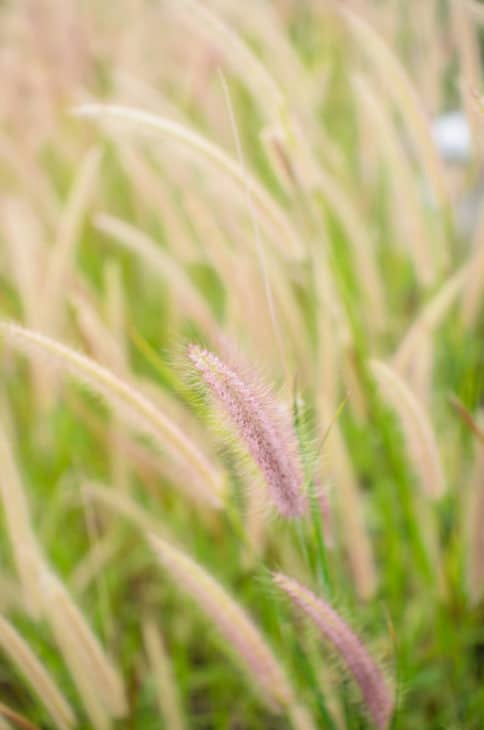
This is a weed that grows up to 2 feet tall and resembles grass, and looks feathery. It’s not as dangerous because of its toxicity as much as its awns. Its awns or bristles can attach themselves to the paws of animals, especially dogs, and work their way into the skin and ear canals, causing illness that often requires surgery and may even be fatal if not removed.
10. Horsetail (Equisetum Spp.)
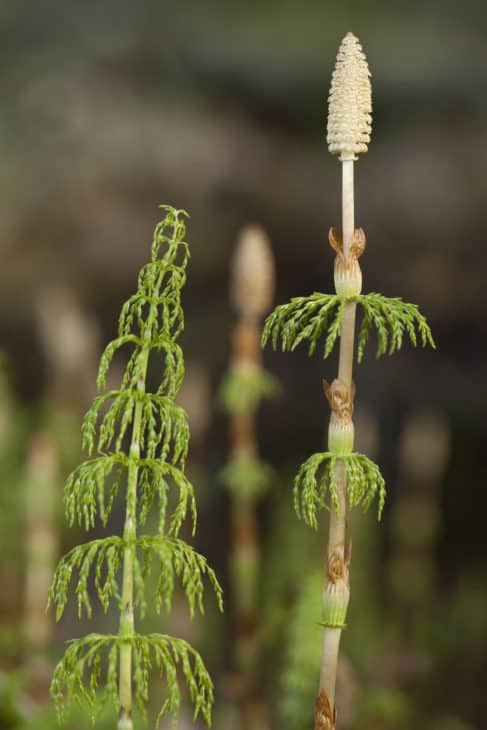
It’s given the name because its branches sometimes resemble a horse’s tail. Belongs to the family of ferns and produces spores rather than seeds. Horsetail has medicinal benefits in humans if used correctly. In horses, it is unsafe if consumed in large amounts, whether fresh or dry. It can cause neurological symptoms such as depression, muscle twitching, and seizures if severe. They will have to be given thiamine to reverse the effects of horsetail poisoning.
11. Klamath Weed/St. John’s Wort (Hypericum Perforatum)
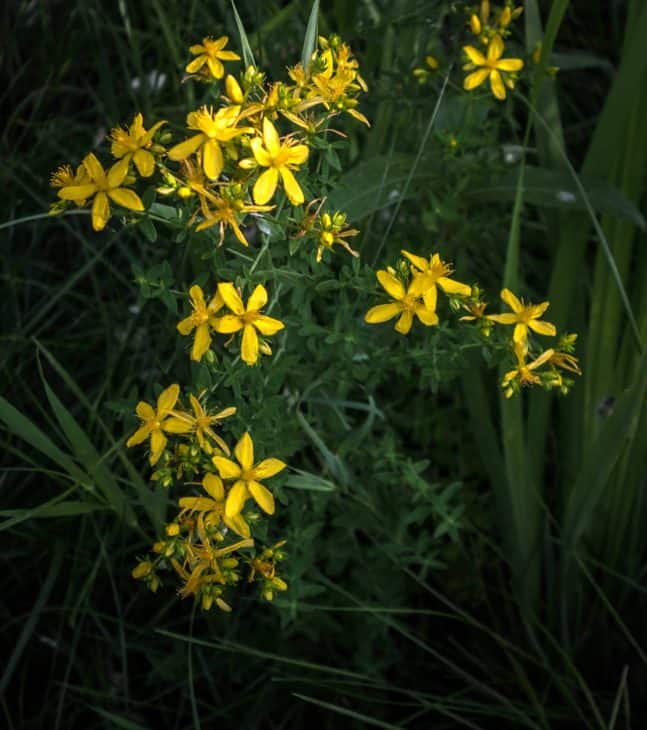
Klamath weed, also known as St. John’s wort, is a notorious weed plant that grows rapidly and infects other plants and animals, making them sick. The plant produces berries that are extremely poisonous due to the large concentration of hypericin it contains. This causes light sensitivity, skin ulcers, and blisters in animals. Ingestion in large amounts by horses and dogs especially can lead to coma and death.
12. Larkspur (Delphinium)
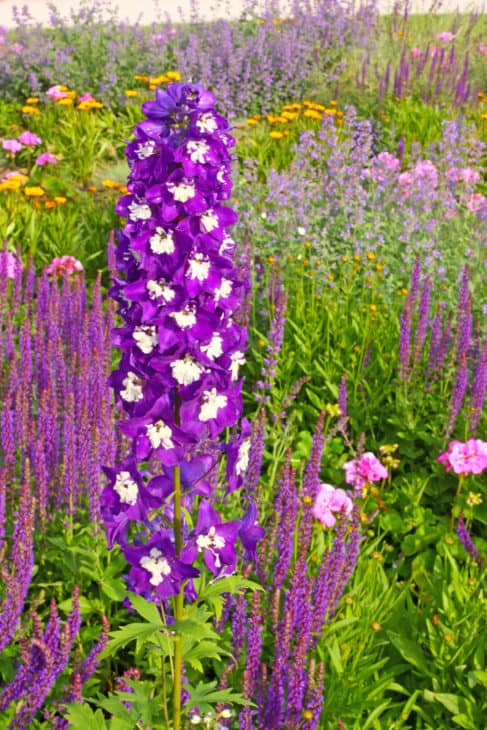
Larkspur is a beautiful plant loved by gardeners as it has beautifully cut blue flowers and blooms in spring. Unfortunately is highly poisonous to cattle, causing heavy losses due to neurotoxicity when ingested in large amounts. Symptoms of poisoning include weakness, salivation, nausea, vomiting, muscular twitching, and rapid pulse. Animals may fall suddenly due to paralysis and respiratory failure from the toxicity of the plant.
13. Lupine (Lupinus)
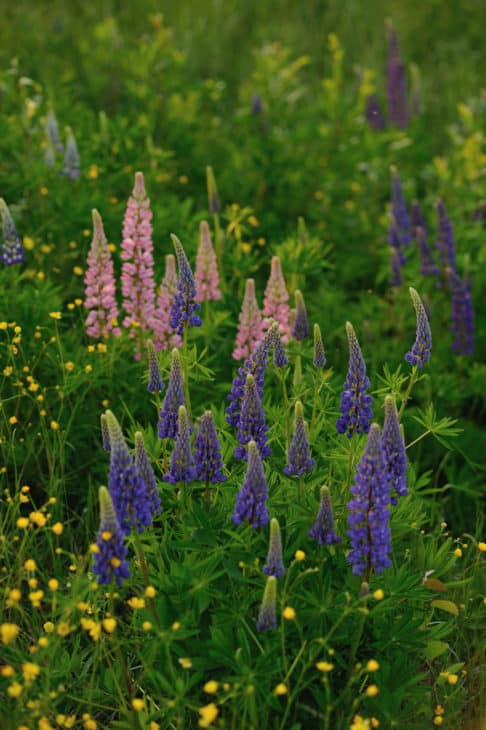
Also belongs to the family of flowering plants and has been known to be especially poisonous for livestock, especially sheep. It has mostly characteristic blue flowers, but they may sometimes be white and yellow too. Cows have been seen to give birth to calves with genetic defects due to lupine toxicity, so lupine plants, especially hay, should not be fed to animals.
14. Nightshade (Solanaceae)
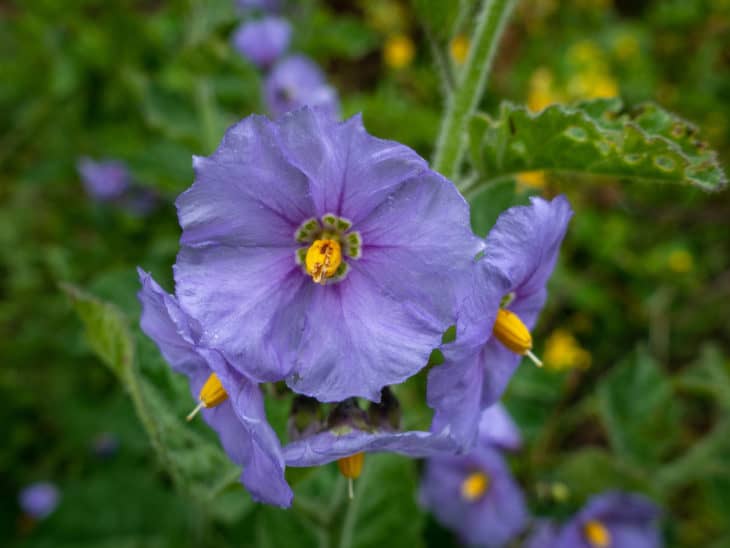
Nightshade belongs to a family of plants that contain many vegetables that we consume, such as eggplants, tomatoes, peppers, and potatoes. Nightshades contain alkaloids which, when consumed in large amounts can be toxic. Some species of nightshade, such as scopolamine, atropine, and hyoscyamine contain large amounts of alkaloids which can be harmful to humans and animals.
15. Poison Hemlock (Conium Maculatum)
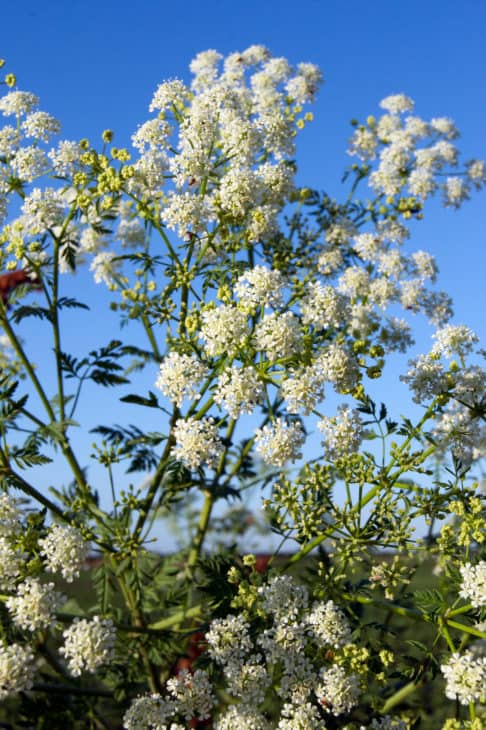
Poison hemlock, as the name suggests, is a toxic weed that is widespread and is found in lofts and open sunny areas. It is also an invasive weed and grows quite rapidly, and is known to be severely poisonous. Even the smallest amount can kill humans, wildlife, and livestock. Its leaves are bright green, and its stems have reddish or purple spots. The flowers are white.
16. Ragwort/Stinking Willie (Jacobaea vulgaris)
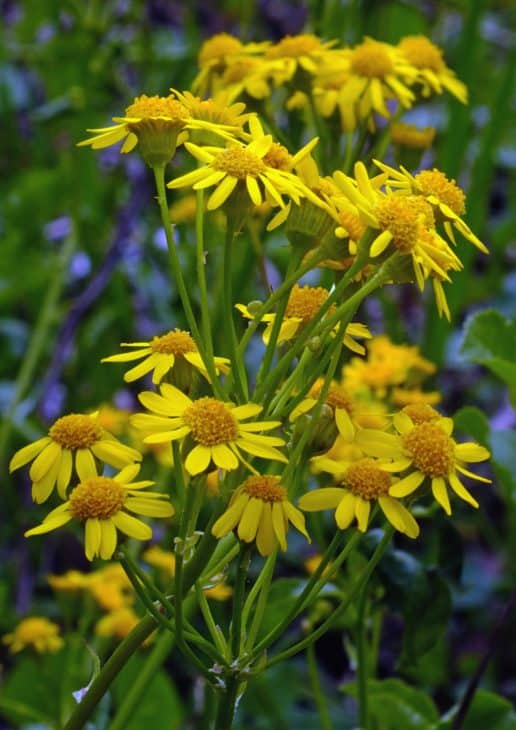
The Stinking Willie gets its name from its unpleasant smell and is a distinctive plant as it stands out owing to its tall stems and bright yellow flowers. Although it is poisonous to humans, it is rarely ever consumed by humans due to its unpleasant smell and taste. It contains alkaloids that can cause liver damage and is especially dangerous for horses.
17. Toyon (Heteromeles Arbutifolia)
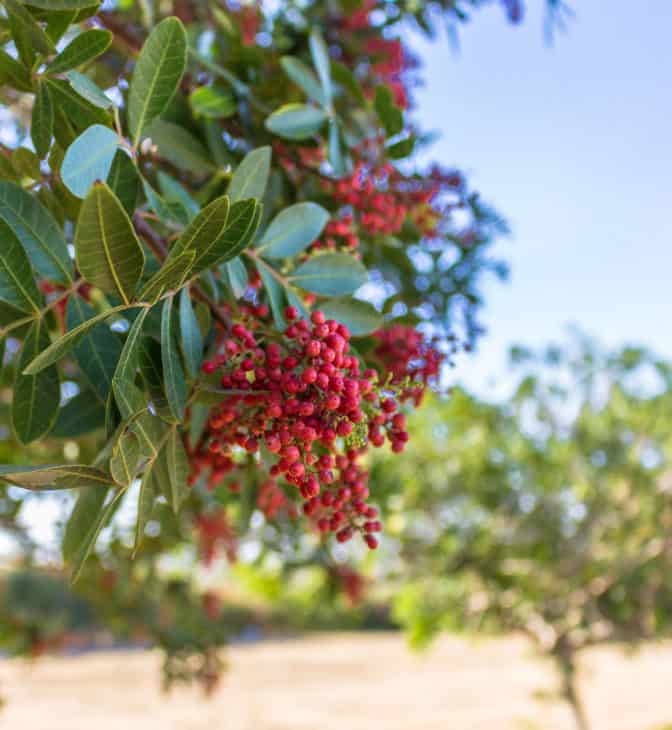
Heteromeles arbutifolia is native to California and is an evergreen shrub that produces bright red berries which are used for decorations during the holiday season; hence also known as Christmas berries. Birds most often consume them, but if ingested by humans and animals, they can cause toxicity and even death.
18. Yellow Starthistle (Centaurea Solstitialis)
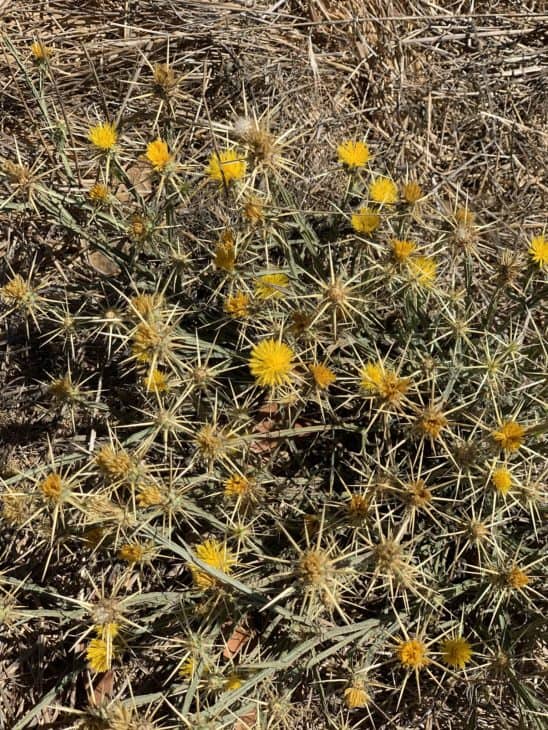
This plant was introduced to California in the 1850s via South America and consumes most roadsides, rangelands, hayfields, and pastures. It infests plants and is poisonous to horses, and can cause a nervous disorder in which the horse chews continuously. Once symptoms develop, it is known to be fatal, and horses should not be allowed to consume starthistle.
19. African Lily/Lily of the Nile (Agapanthus Africanus)
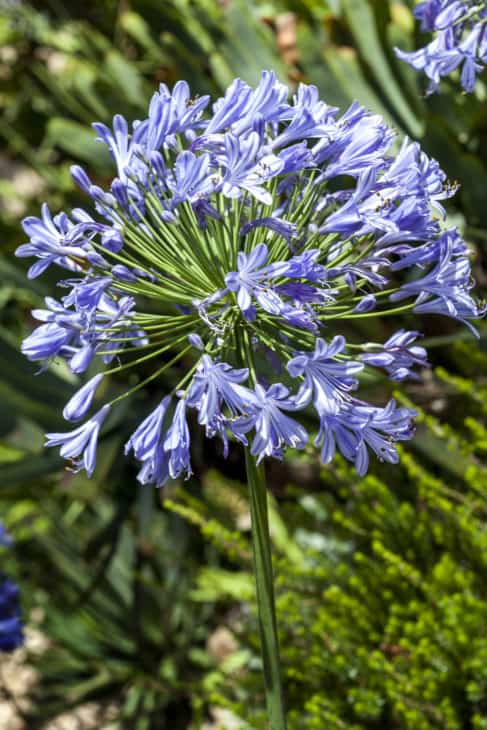
This plant is especially known to gardeners and horticulture lovers as they are exotic-looking and easy to grow. These plants look beautiful even when not in bloom. Although they are not poisonous, they can cause skin irritation and allergies if ingested, and so they should not be planted if there are small children and pets in the house.
20. Barberries (Berberis)
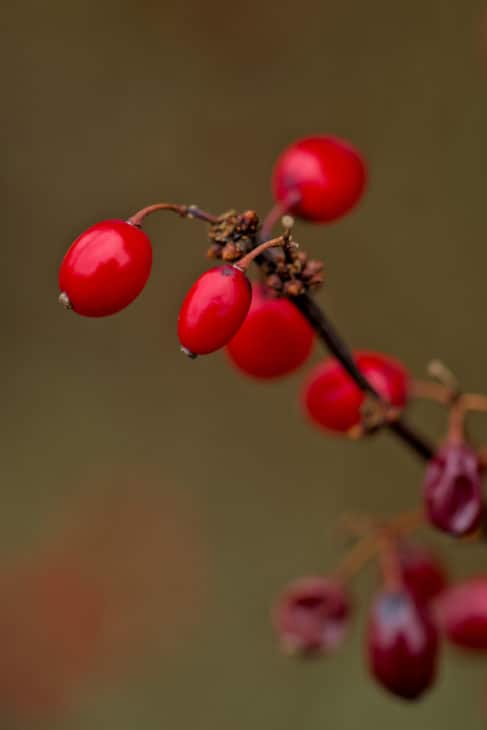
The plant produces characteristic red berries which have many nutritional and medicinal benefits but if used in controlled amounts. The stem and leaves, and thorns are poisonous, whereas the berries are not. Some species have spines on the border of the leaves and the shoots. They are often remembered for their bright red and pink color in autumn, whereas some species have dark red or white flowers.
21. Basket Flower (Centaurea Americana)
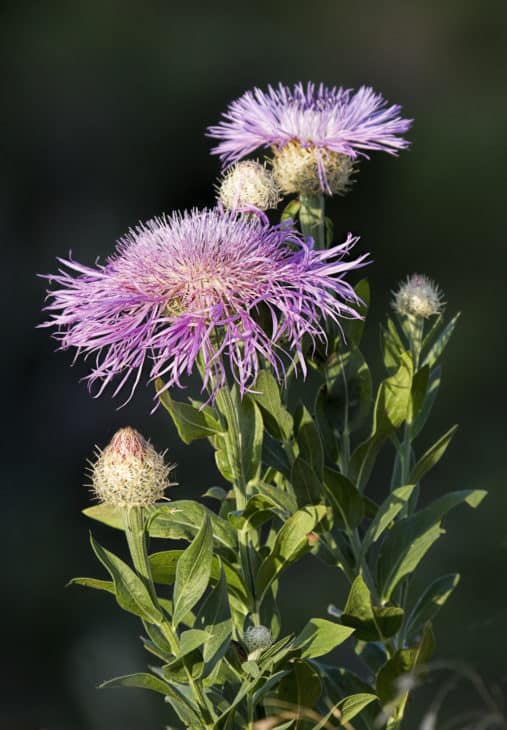
Basket flowers are given the name due to long straw-colored buds that look like intricate woven baskets. They are also used as decorative dried flowers in paintings and potpourri. They have a sweet fragrance resembling honey and are therefore loved by gardeners. They are mildly toxic to humans, and animals, especially dogs and must not be ingested in large amounts.
22. Bird of Paradise (Strelitzia)
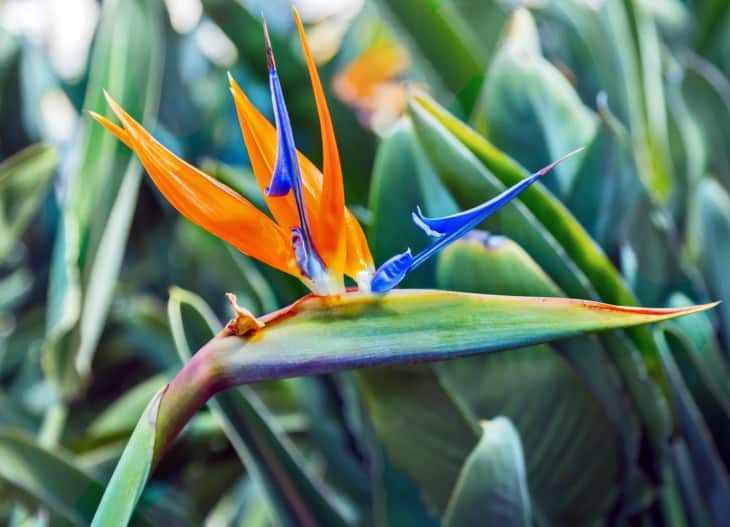
It can be grown indoors or outdoors but will only bloom flowers outdoors, which can be poisonous to humans, cats, and dogs. Large amounts can cause drowsiness, dizziness, nausea, vomiting, and diarrhea if the seeds and flowers of the plant are accidentally ingested. Therefore, caution is advised, especially if you have pets or children in the house.
Related: Bird of Paradise / Strelitizia alternatives
23. Common Yarrow (Achillea Millefolium)
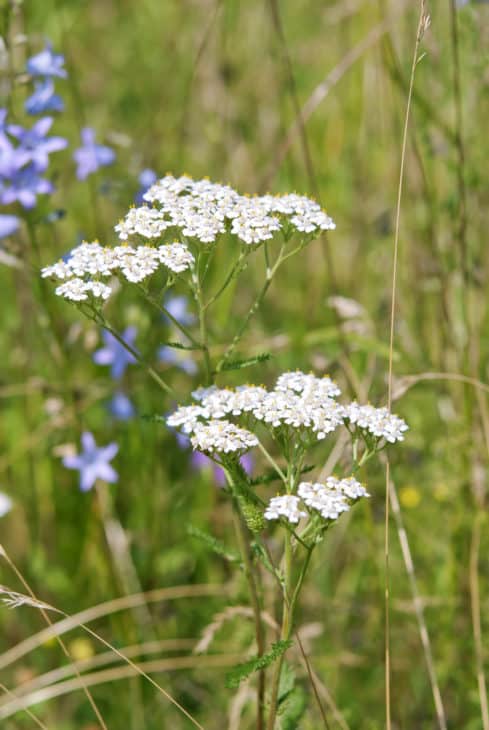
This is a very commonly found plant worldwide and has many medicinal uses, especially for eczema and certain skin conditions. It contains a chemical called thujone which is unsafe if used incorrectly. When used in controlled amounts, the yarrow can safely be consumed in correct doses for up to a year. Although poisonous, it is impossible to have more than one bite even by animals due to its extremely bitter taste.
24. Burning Bush (Euonymus Alatus)
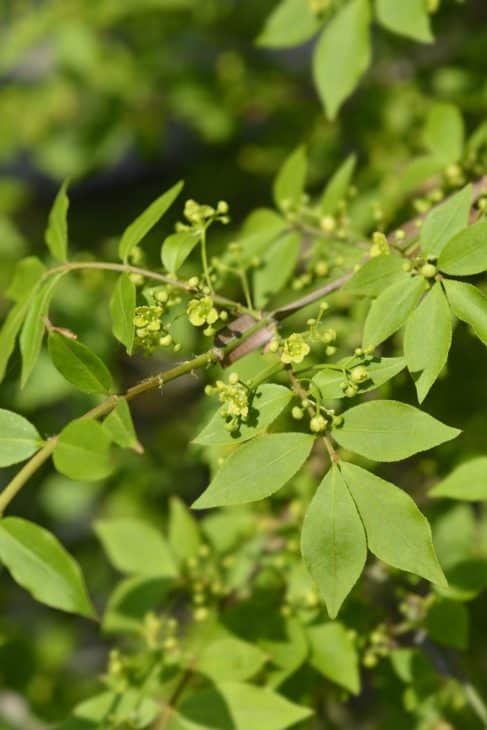
The burning bush was commonly used in folk medicine, but it has now been regarded as unsafe and should be used for medicinal purposes. It has strong laxative effects and can be dangerous in large amounts. It is regarded as extremely toxic to dogs and can induce severe vomiting and diarrhea. Its symptoms include dizziness, diarrhea, nausea, vomiting, seizures, and coma.

